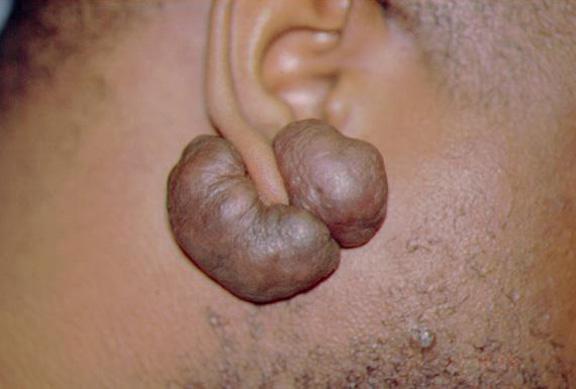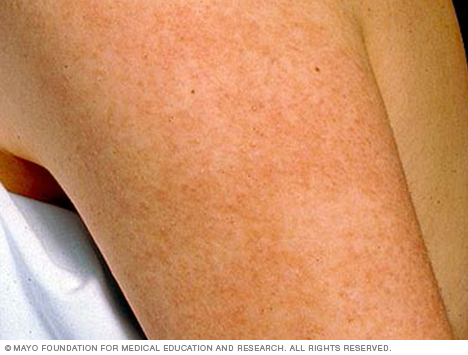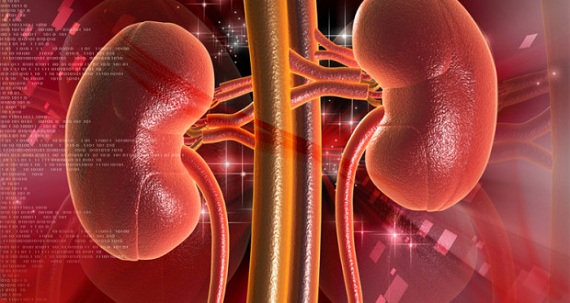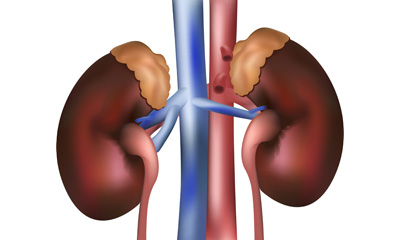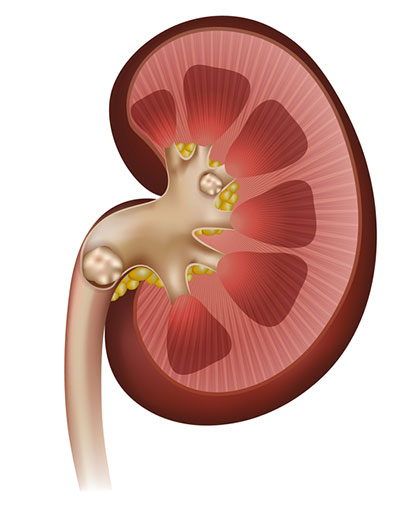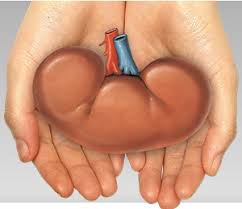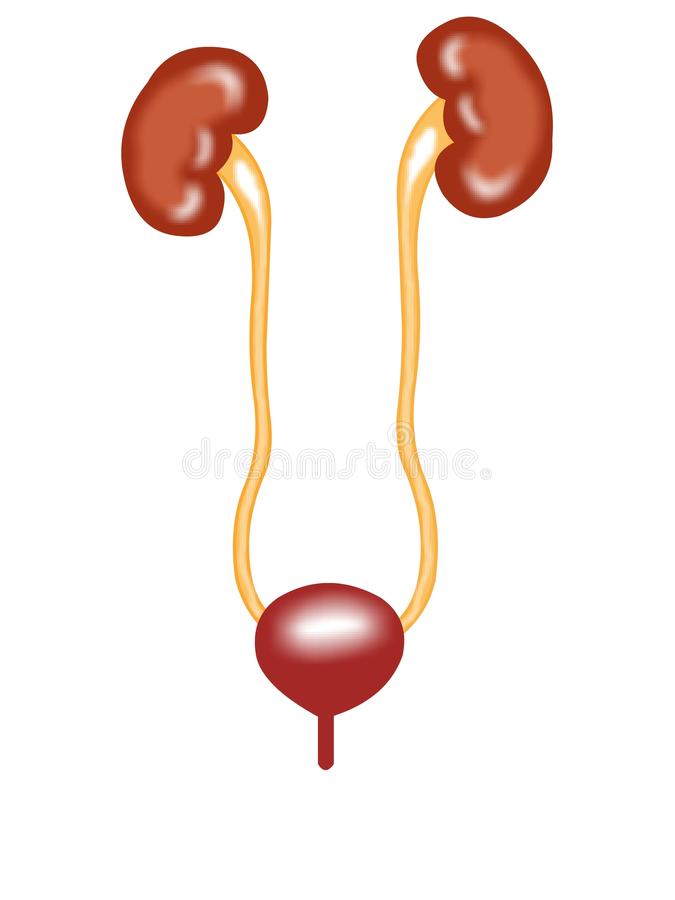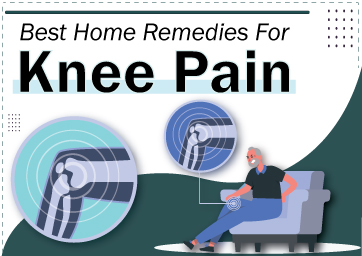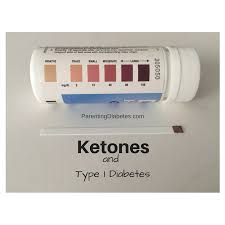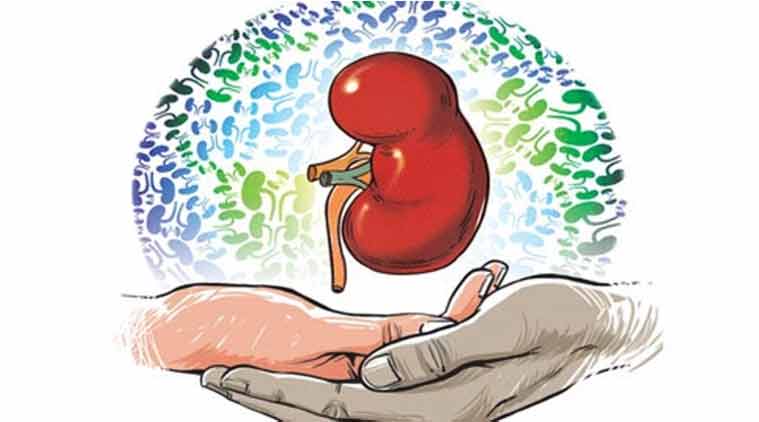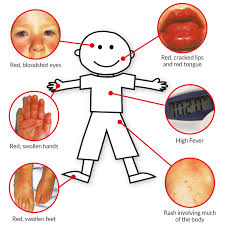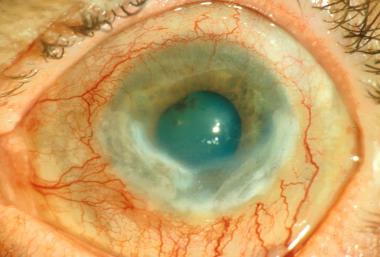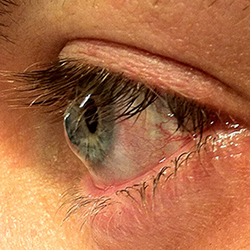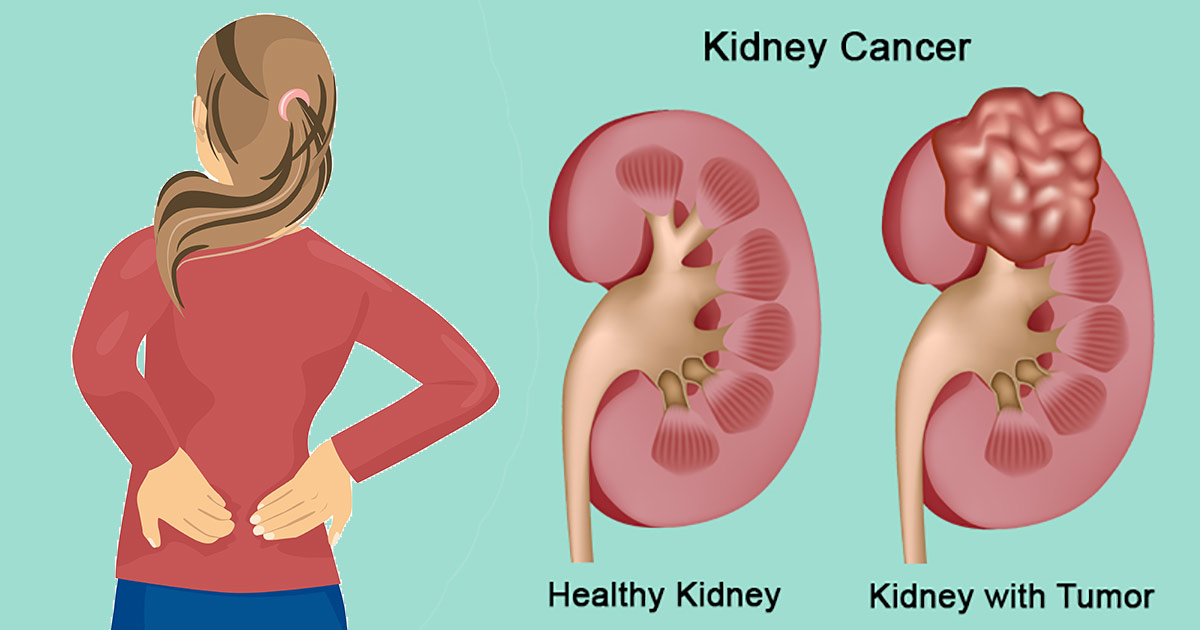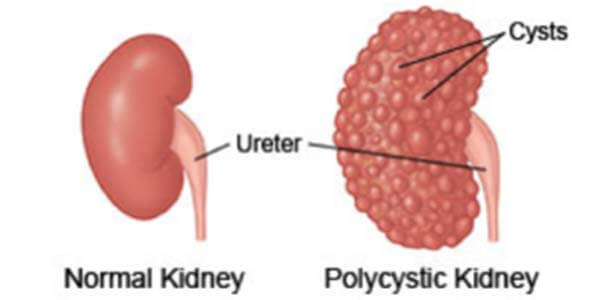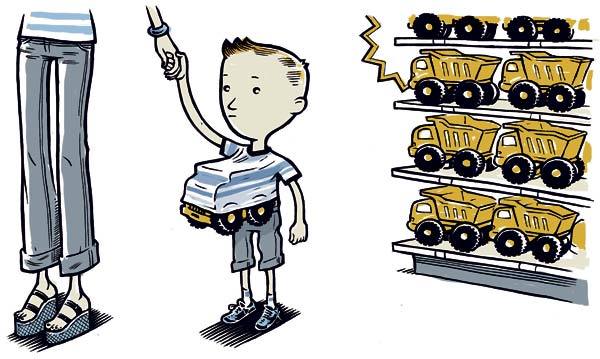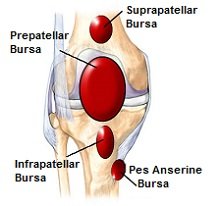When skin is injured, fibrous tissue called scar tissue forms over the wound to repair and protect the injury. In some cases, scar tissue grows excessively, forming smooth, hard growths called keloids. Keloids can be much larger than the original wound. They’re most commonly found on the chest, shoulders, earlobes, and cheeks. However, keloids can affect any part of the body. Although keloids aren’t harmful to your health, they may create cosmetic concerns.

- From: Sunday 15 July 2018
- To: Saturday 15 September 2018
-
If you have any Dental Problem, KayaWell Expert Dr. Nitika Jain is providing free dental consultation for KayaWell users.
Every First Saturday of Month
 Contact Us
Contact Us
 Sign In
Sign In Patient Sign Up
Patient Sign Up



 Hospitals
Hospitals
 Diagnostic
Diagnostic
 Pharmacy
Pharmacy
 Health Tips
Health Tips
 Blog
Blog










